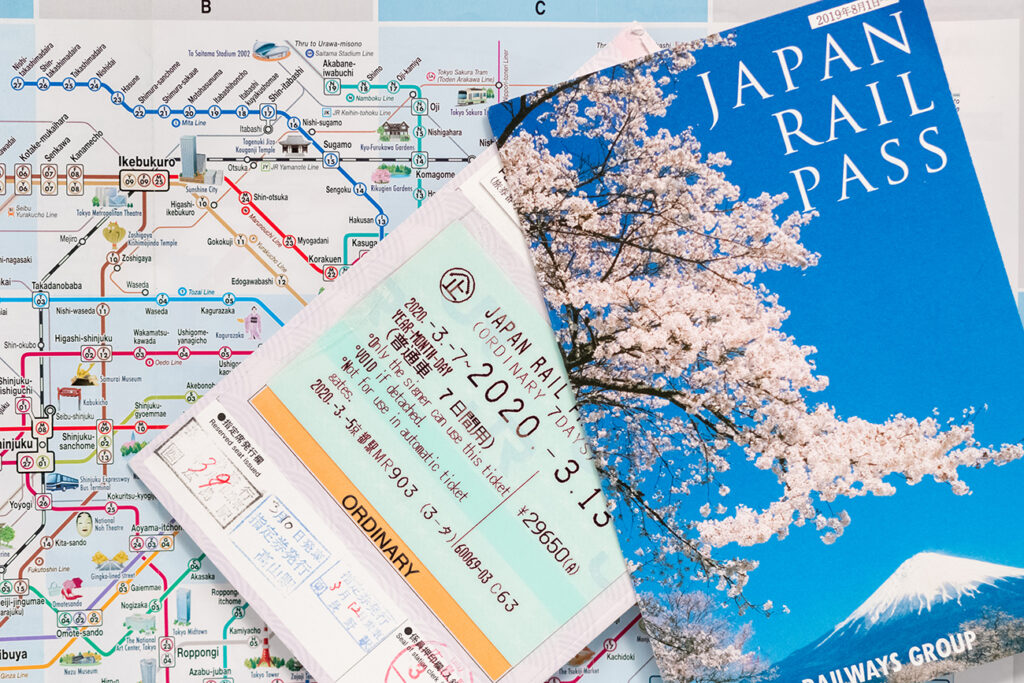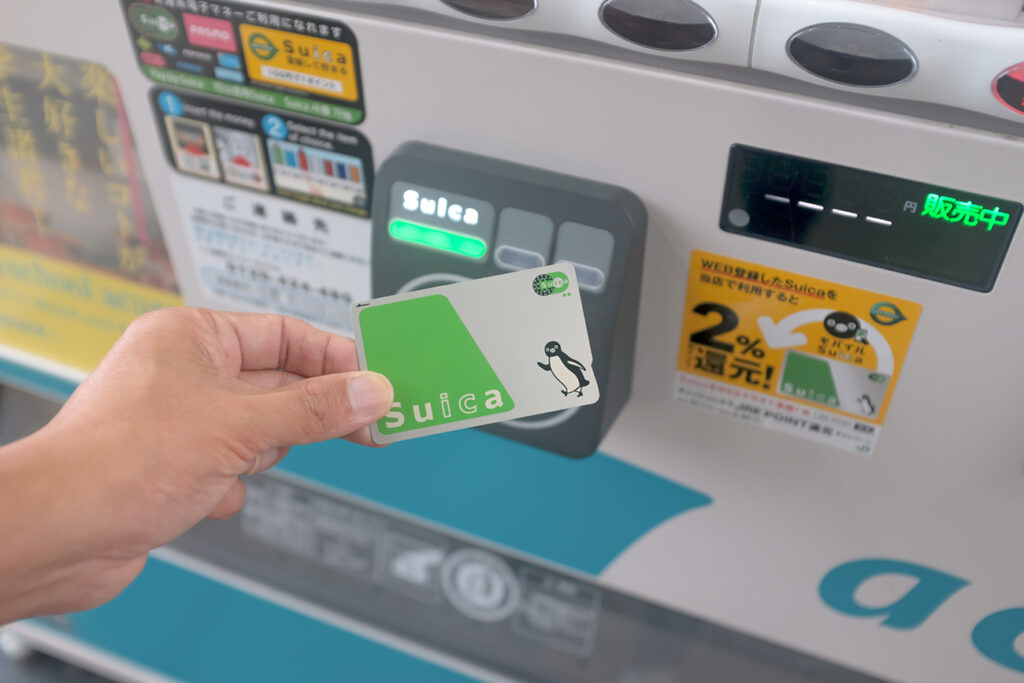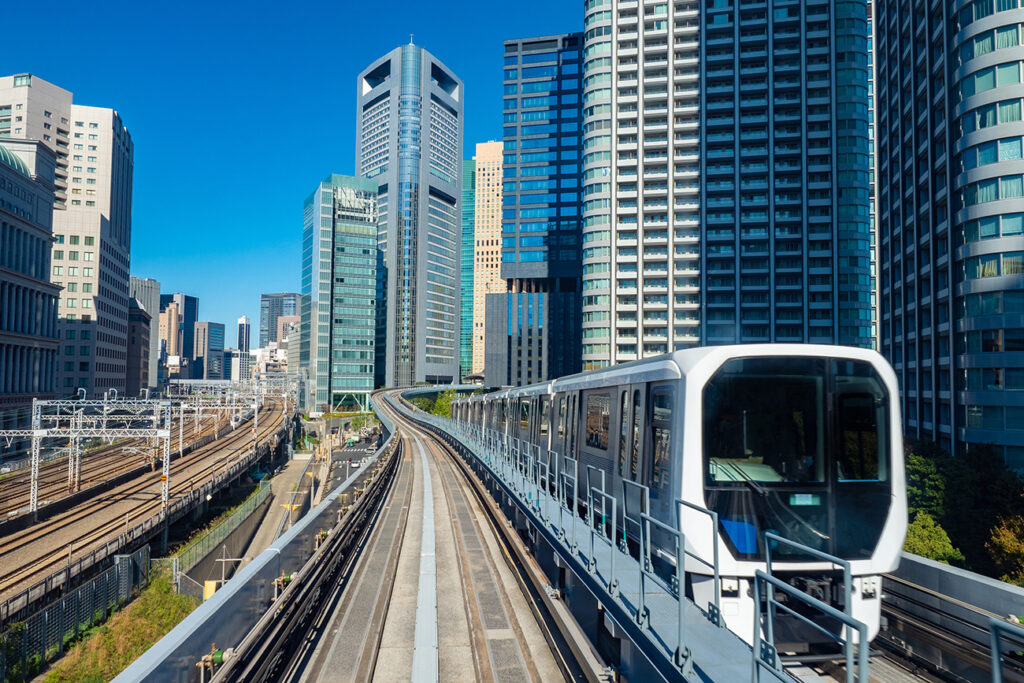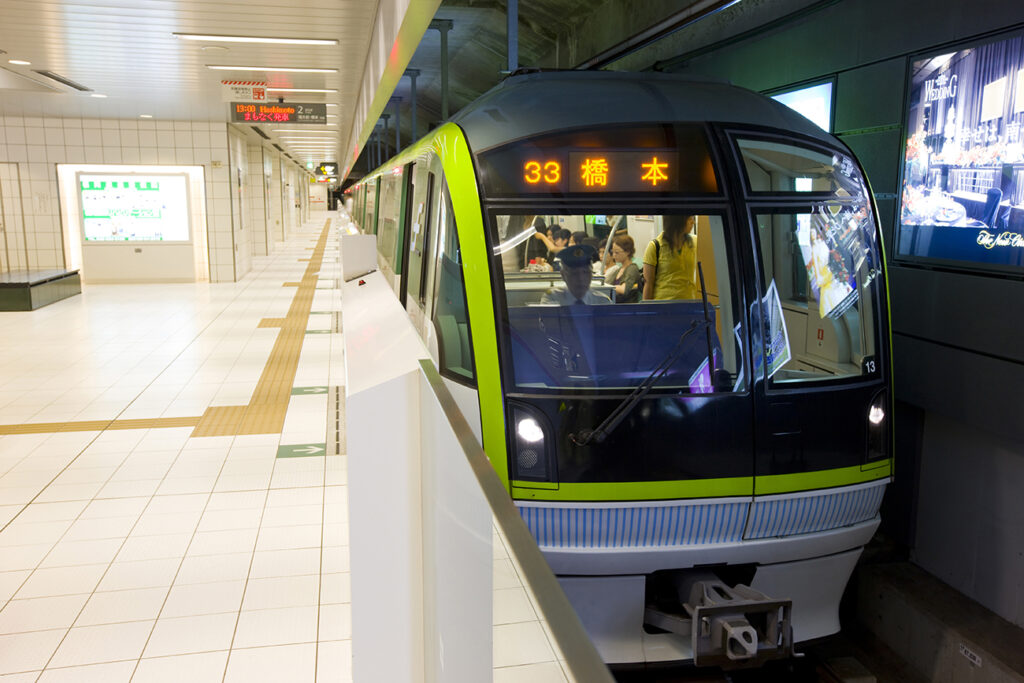
Navigating Japan’s Efficient Transportation System- Part 1
Japan is renowned for its reliable and fast train network. The country boasts an efficient transportation system, making it easy and comfortable to travel almost anywhere. Whether you’re using trains, buses, or taxis to explore tourist areas, or taking the shinkansen or planes for long-distance trips, understanding these options before your visit will save you time and money. Here’s a useful guide to Japan’s public transportation and its advantages.
Japan’s public transportation is known for its reliability and safety, but it can be expensive. However, international tourists can take advantage of the Japan Rail Pass (JR Pass). This pass allows unlimited travel for a specified number of days on various Japan Rail Group services, including the shinkansen, trains, buses, and even ferries. Learn more about how the JR Pass works and how it can help you save money.
If the Japan Rail Pass isn’t for you, consider getting an IC card. These rechargeable, prepaid cards can be used on virtually all trains, subways, and buses in major cities. They can also be used in vending machines, shops, convenience stores, and even restaurants. Popular IC cards like Suica, Pasmo, and Icoca are compatible with each other and can be purchased at train station ticket machines and counters. Some IC cards offer special versions for international tourists.
Trains are the most popular and convenient way to travel around Japan. The Japan Railway Group (JR) operates about 70% of the railway network, with the rest managed by private companies. Japanese trains are known for their punctuality, arriving on time except in rare cases like accidents or natural disasters. In Tokyo, trains arrive every few minutes.
Tips for Taking Trains in Japan:
- Trains are often very quiet; refrain from talking on your phone.
- Avoid rush hours in big cities like Tokyo and Osaka when trains are extremely crowded.
- Some trains have women-only cars, especially during rush hours and late at night.
- Trains in big cities run frequently, but in rural areas, they may come less often.
Subways are a major part of the train networks in big cities like Tokyo, Osaka, Nagoya, and Kyoto. They cover major areas, including shopping districts, business areas, and tourist attractions. Subways are cost-effective, run on schedule, and are less affected by weather conditions since they operate underground. They typically run from early morning until around midnight. Women-only cars are also available on some subway lines.




